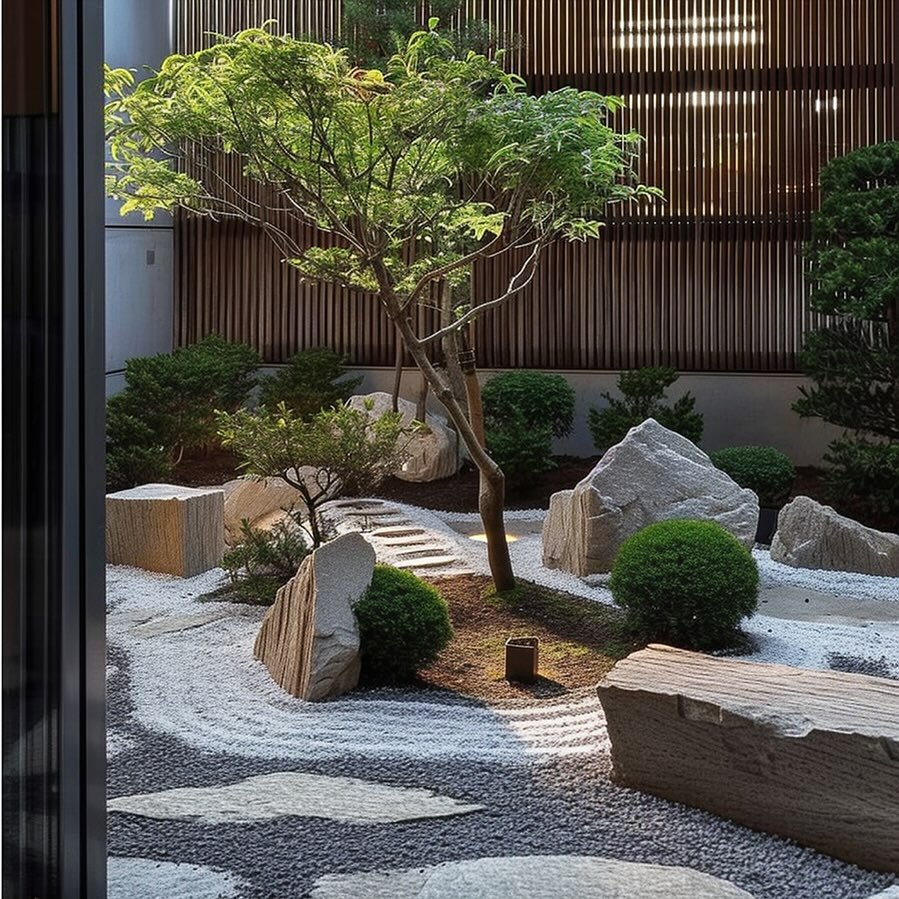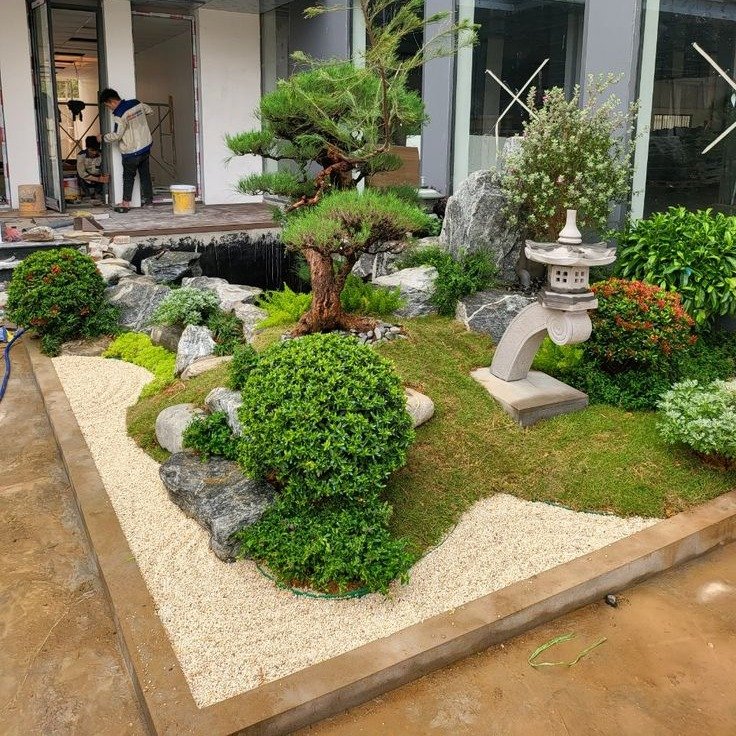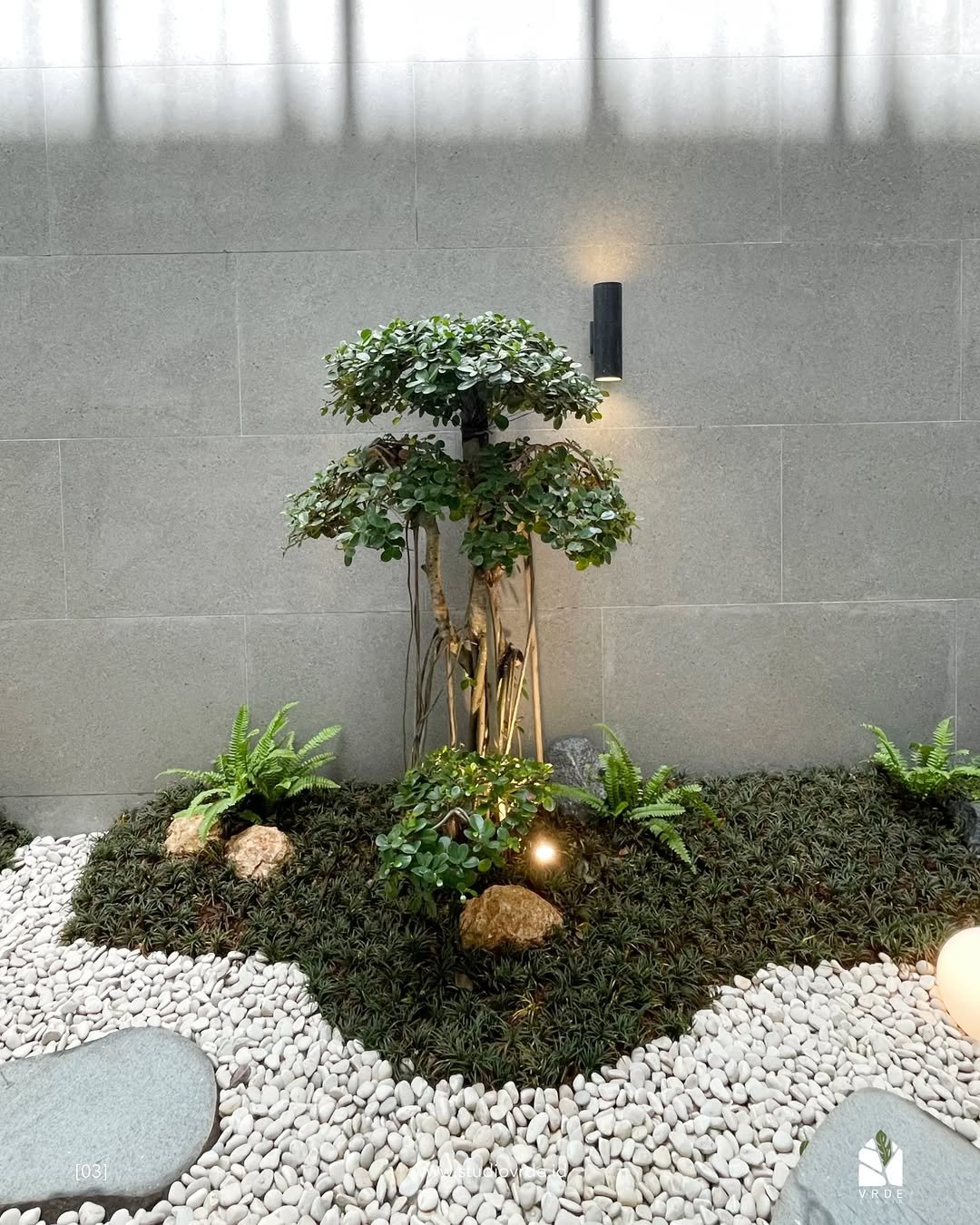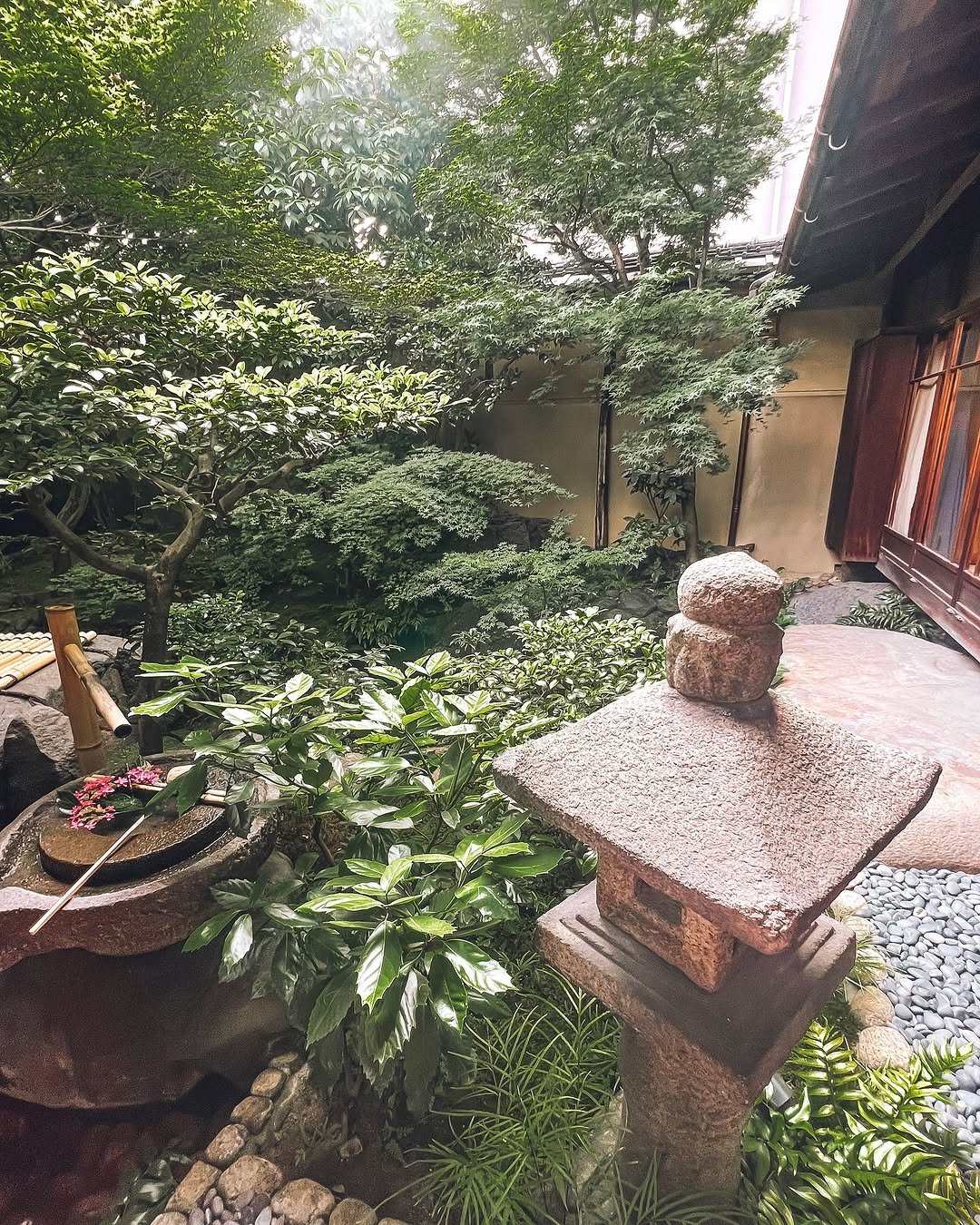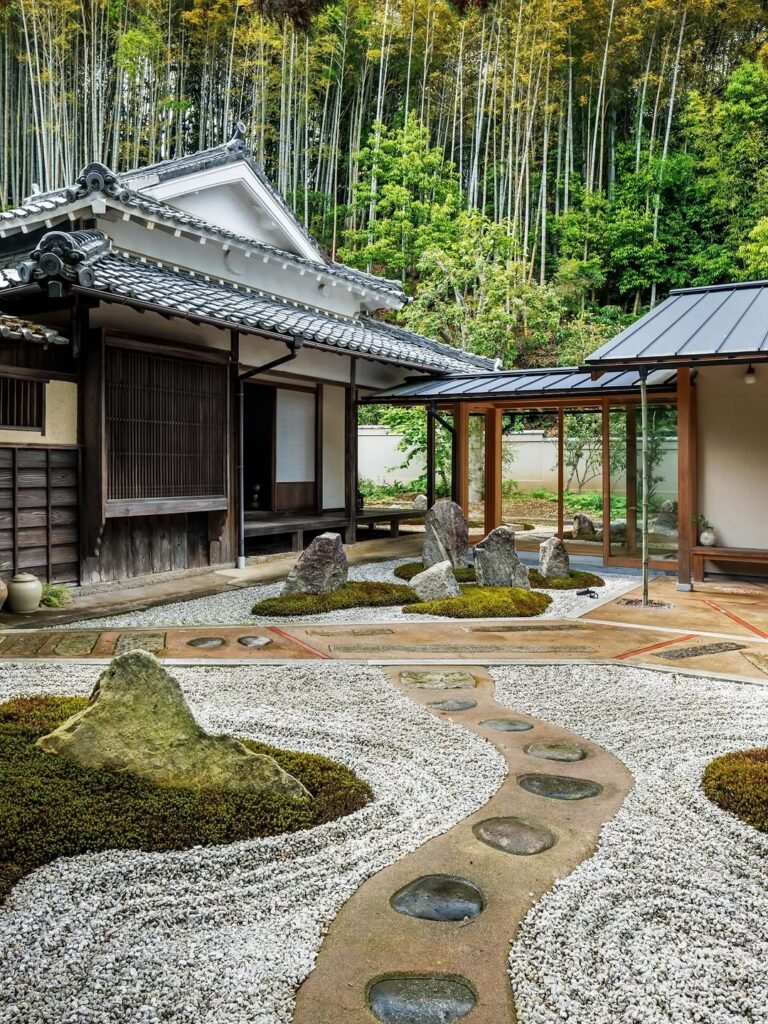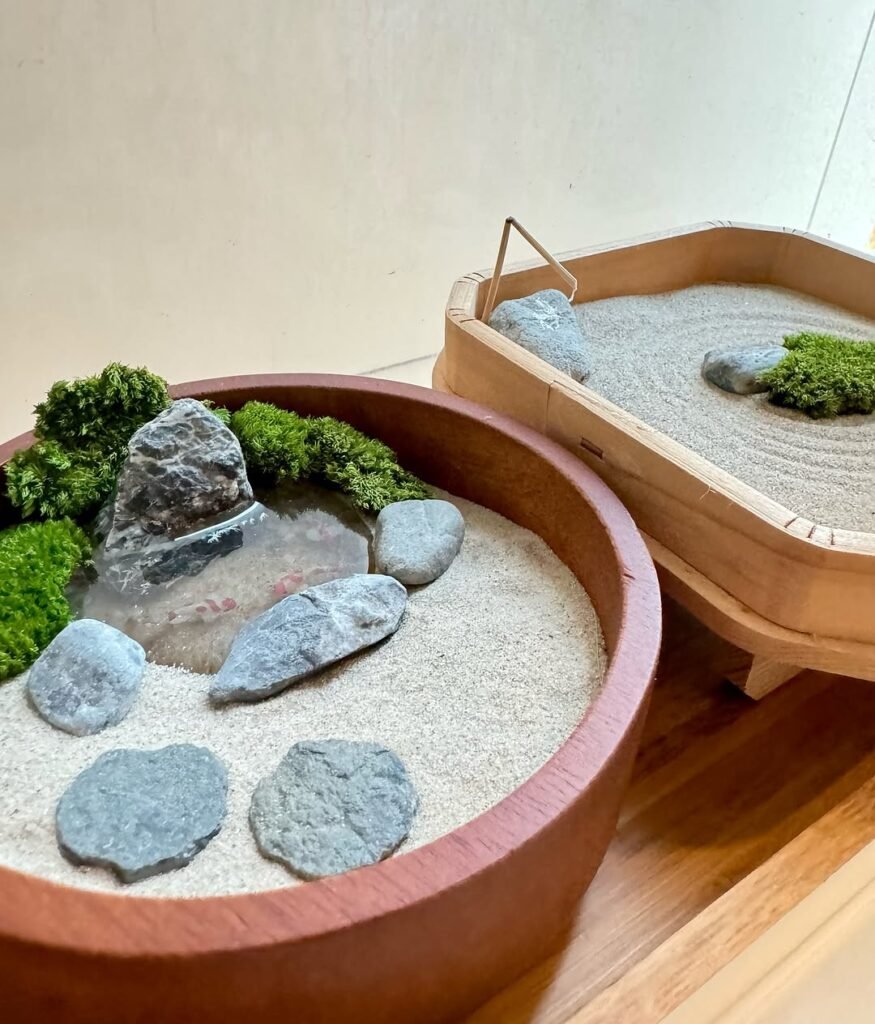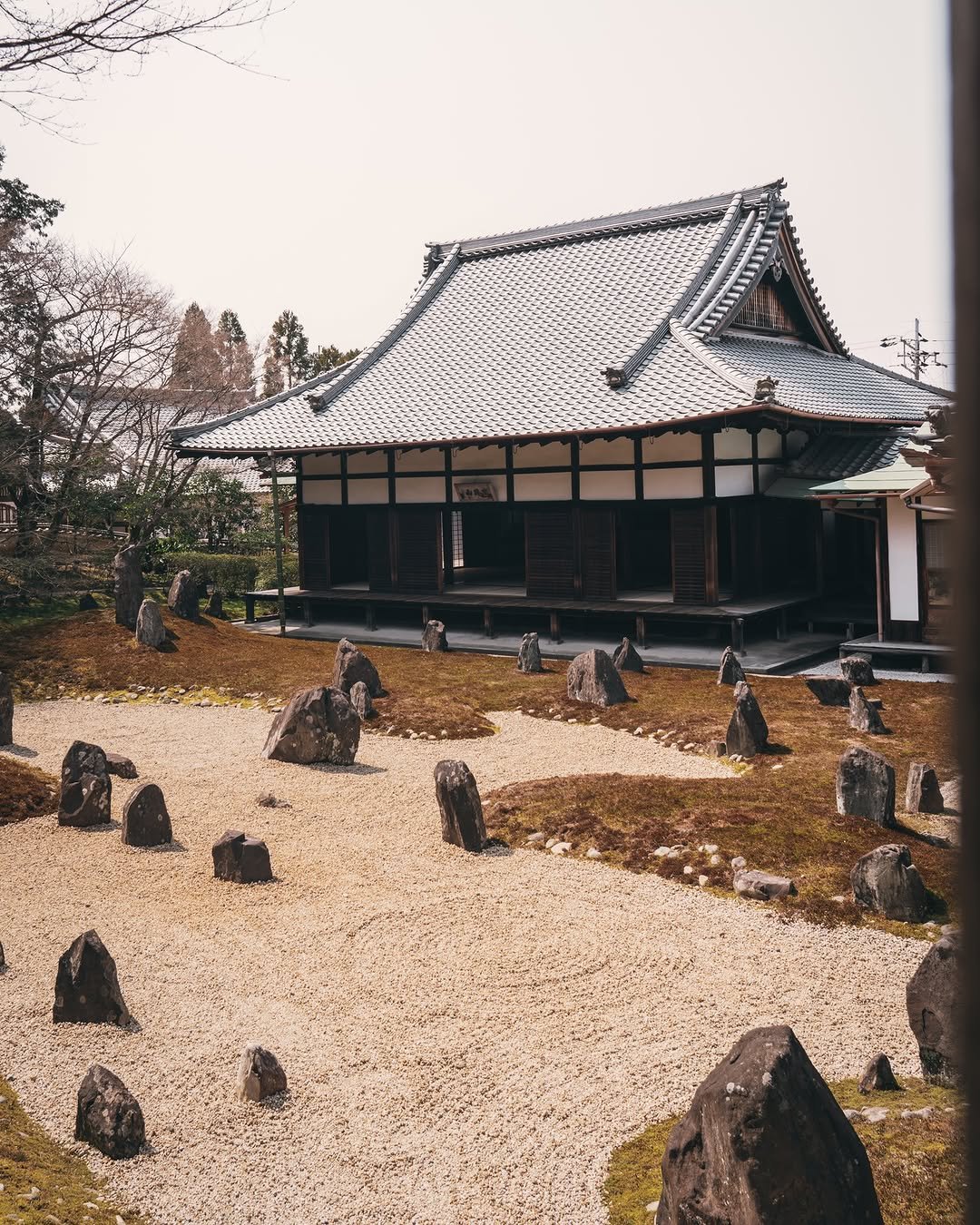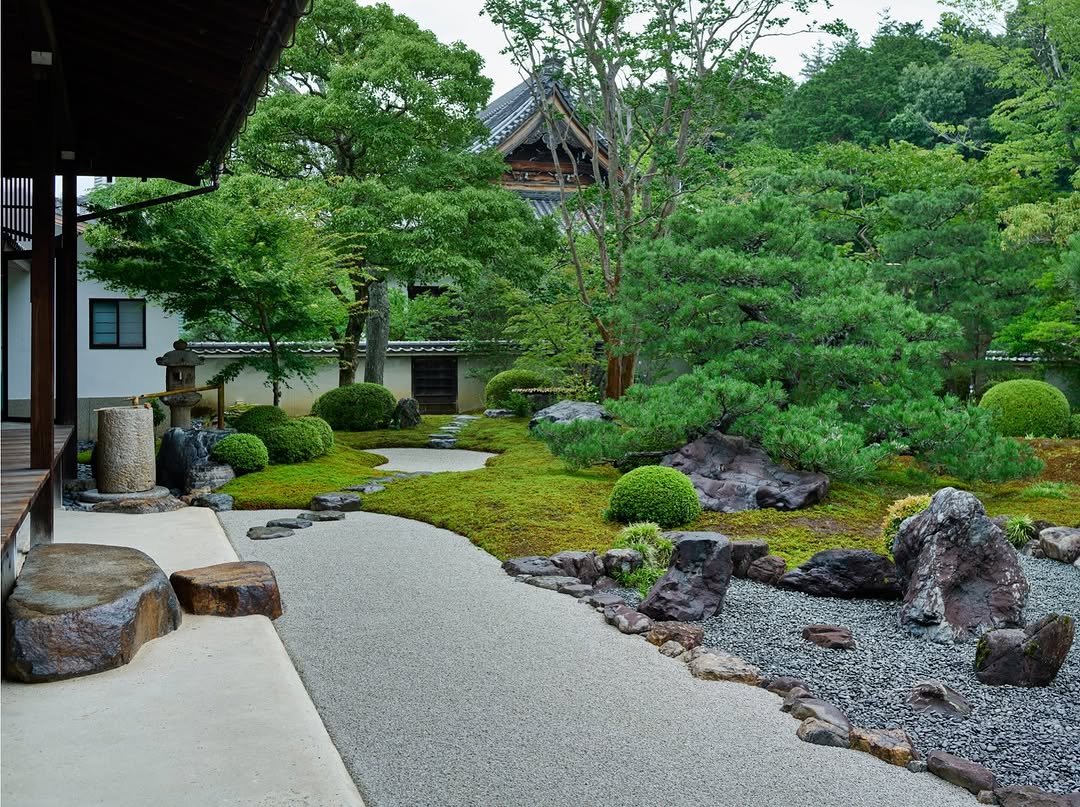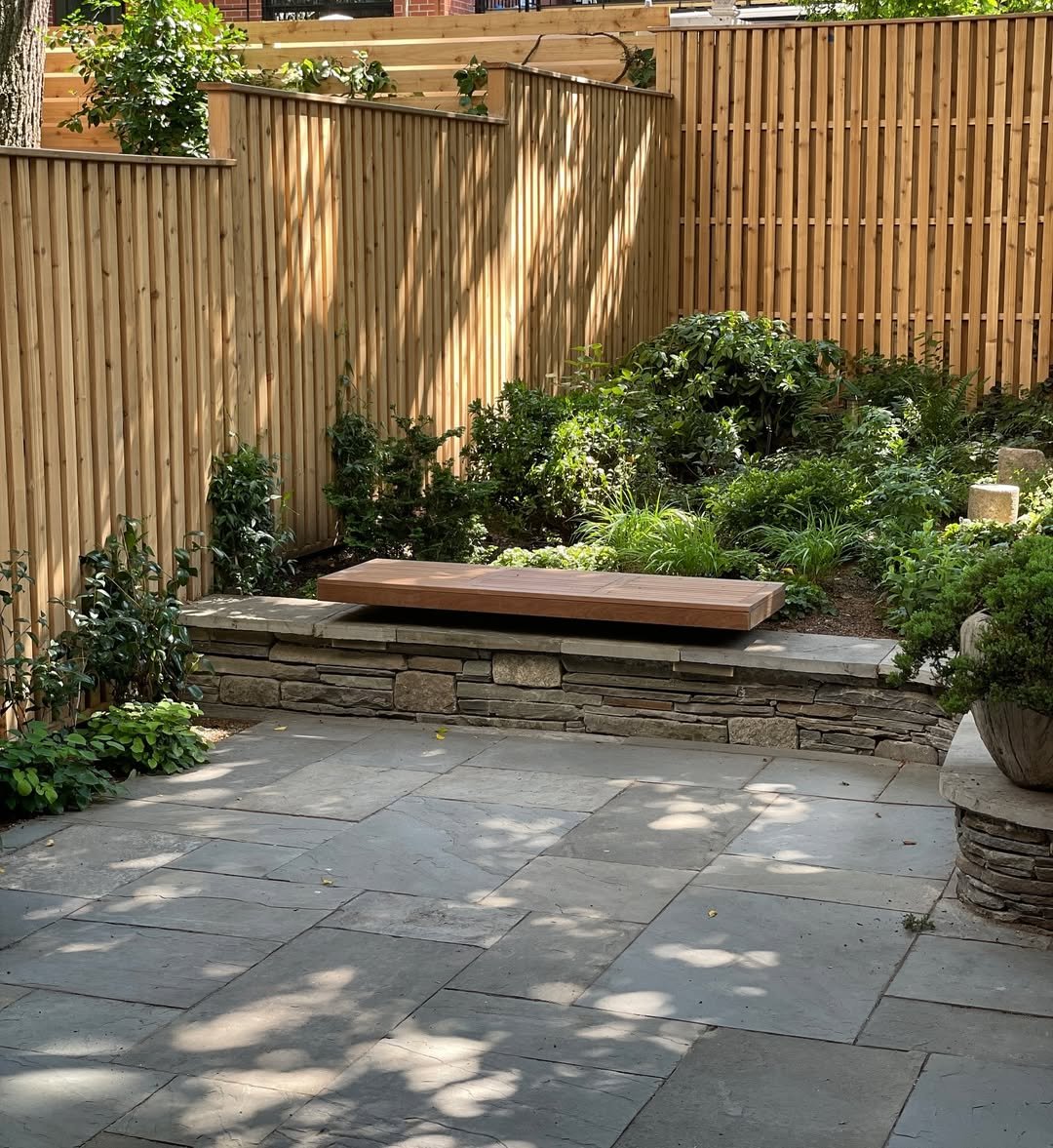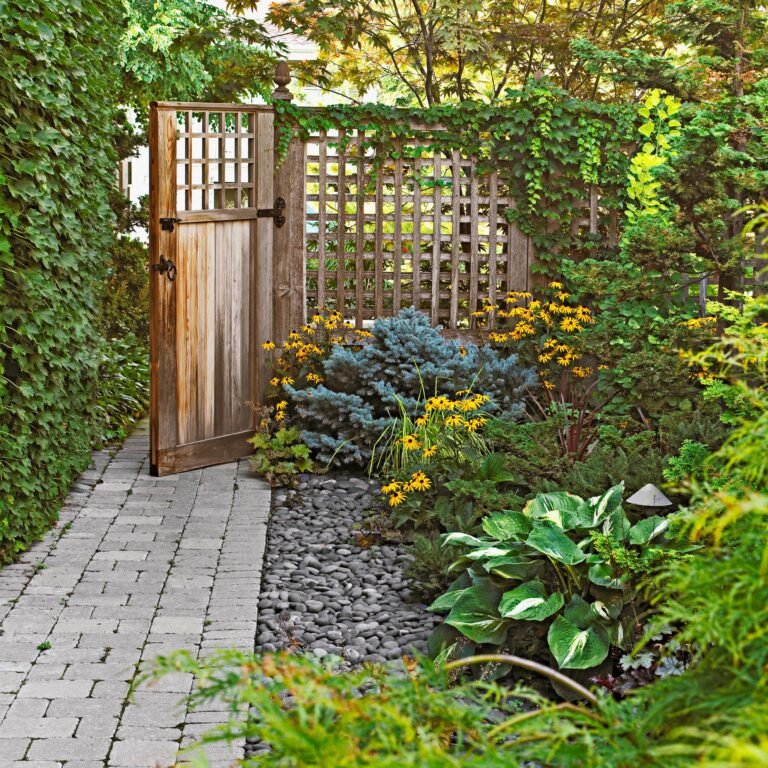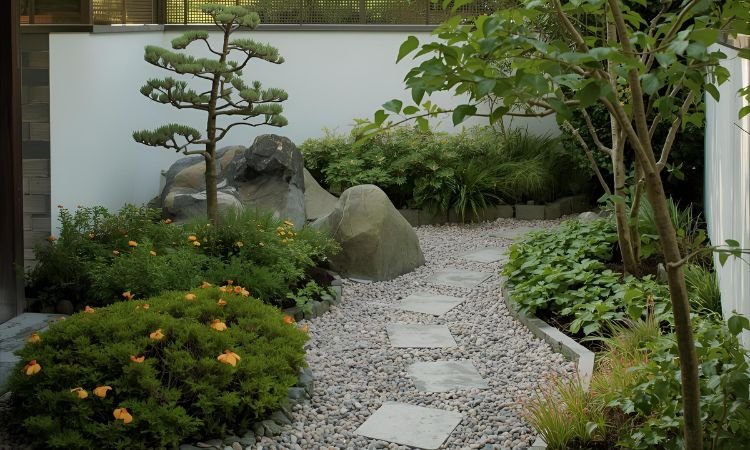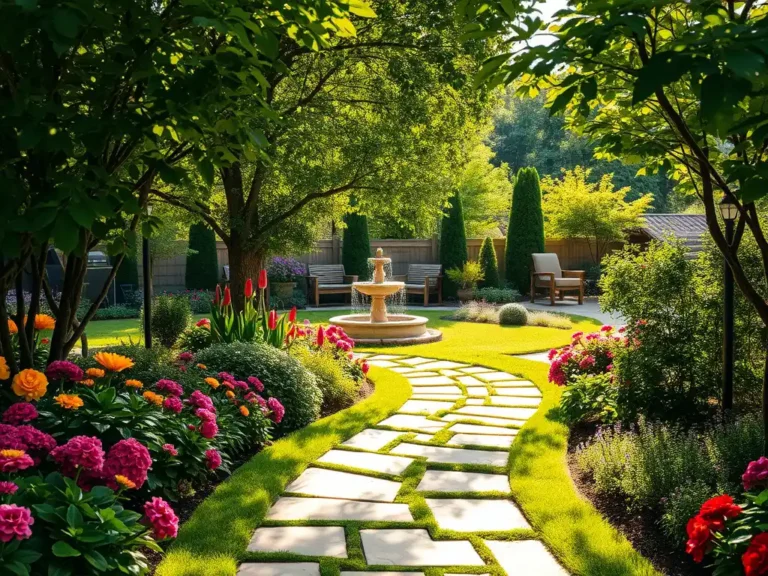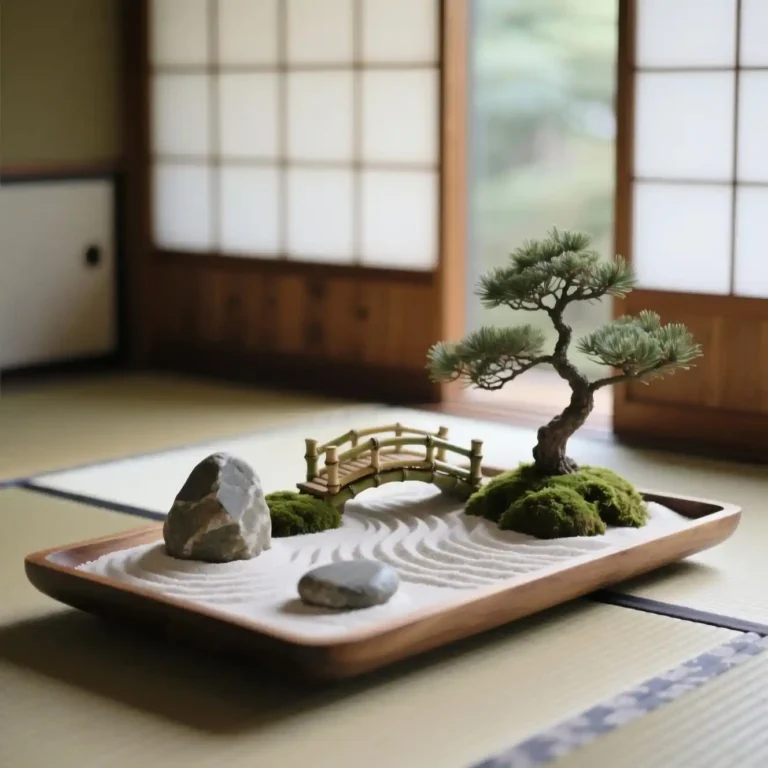Japanese Zen Gardens That Will Instantly Soothe Your Soul
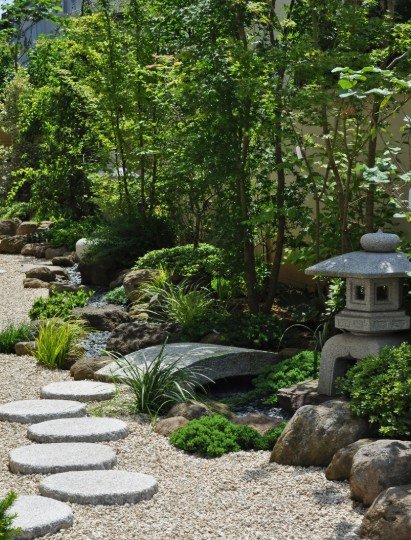
In a world that often feels fast-paced and overwhelming, the serenity of a Japanese Zen garden offers a much-needed breath of calm. These minimalist landscapes, rooted in centuries-old traditions, are designed not just for visual beauty but to evoke mindfulness and reflection. Through their simple yet symbolic use of rocks, gravel, moss, and carefully pruned plants, Zen gardens guide the viewer into a meditative state—one where every element has meaning, and silence speaks volumes.
From ancient temple courtyards to modern-day interpretations in urban sanctuaries, Zen gardens transcend time and geography. They invite you to pause, observe, and immerse yourself in the present moment. Whether you’re a design enthusiast, a spiritual seeker, or simply someone looking for a moment of tranquility, exploring these gardens can be a powerful reminder of nature’s quiet wisdom.
Tips for Crafting a Soul-Soothing Japanese Zen Garden
Stepping into your backyard, a serene Zen garden unfolding before you, raked gravel and soft moss whispering calm, feeling like a quiet temple where your soul can rest. These thoughtful tips will help you create a Japanese Zen garden, perfect for meditative mornings or peaceful evenings under the stars.
- Rake Gravel Patterns: Use smooth river rocks and a bamboo rake to create flowing patterns in gravel. It’s like drawing ripples of calm across the earth’s canvas.
- Add Minimalist Plants: Plant low-growing moss or small bonsai trees for understated elegance. It feels like the garden’s breathing simplicity into your day.
- Incorporate Stone Lanterns: Place a weathered stone lantern to cast a gentle glow at dusk. It’s like the garden’s holding a quiet light for your thoughts.
- Create a Bamboo Fence: Use bamboo poles to form a subtle boundary, blending strength and grace. It’s like the garden’s guarding your peace with natural ease.
- Use a Water Feature: Add a small bamboo fountain for a soft, trickling sound that soothes the soul. It feels like the earth’s whispering a lullaby to you.
- Keep Colors Muted: Stick to earthy greens and grays, with a hint of cherry blossom pink for balance. It’s like the garden’s echoing nature’s quiet palette.
- Add a Meditation Spot: Place a simple wooden bench or flat stone for quiet reflection. It’s like the garden’s offering a seat for your soul to pause.
In this list, we’ve curated 21 of the most breathtaking Japanese Zen gardens across Japan and around the world. Each one is a masterpiece of balance and intention, and by the end, you might find yourself inspired to bring a little Zen into your own space.
1. Modern Minimalism Meets Zen: A Garden Courtyard Sanctuary
This contemporary Zen garden showcases how modern architecture and ancient design principles can harmonize beautifully. Nestled in the heart of a glass-walled home, the space is centered around a minimalist gravel bed, featuring meticulously placed stones and tall bamboo stalks.
The result is a peaceful courtyard that invites light and reflection into the living space, serving as a silent, grounding force amid the modern interior.
By integrating nature into the core of the home, this design transforms an ordinary courtyard into a meditative focal point—a perfect reminder that Zen can live anywhere, even in the most cutting-edge environments.
2. A Monolithic Focus: The Power of One in Zen Design
This elegant Zen garden places a single, dark monolithic stone at its heart—surrounded by raked gravel forming concentric circles that draw the eye inward.
Viewed from a simple yet refined Japanese interior, the scene exemplifies the Zen philosophy of minimalism and mindfulness. The garden’s design teaches a profound lesson: simplicity does not mean lack.
The one stone becomes a symbol of stability and presence, while the empty space around it allows thoughts to breathe. This layout is especially powerful for interior courtyards, where limited space can still offer limitless peace.
3. Backyard Tranquility: A Zen Retreat in Urban Settings
Proof that serenity can exist in small city plots, this compact backyard Zen garden offers a private refuge amidst suburban architecture.
The careful placement of weathered stones, bamboo fencing, and neatly raked gravel creates a traditional karesansui (dry landscape) experience on a domestic scale. Despite its urban surroundings, the garden evokes a deep sense of calm, blurring the boundary between the natural world and the built environment.
It’s a testament to how even the most modest spaces can become powerful sanctuaries when designed with intentionality and restraint.
4. Nature’s Canvas: Zen Harmony in Seasonal Beauty
Set against a lush, forested backdrop, this Zen garden blends raked gravel with organic moss formations in a flowing, painterly layout. The gentle curves and soft textures echo the fluidity of nature, while a beam of sunlight slicing through the trees enhances the almost spiritual atmosphere.
The contrast of structured lines and wild growth beautifully illustrates the balance that Zen gardens strive for—a controlled environment that still allows nature to speak. This garden is especially captivating in spring, when cherry blossoms bloom, adding an ephemeral quality to its timeless design.
5. Sacred Simplicity: A Zen Garden That Honors the Natural Flow
In this tranquil temple courtyard, smooth white gravel is raked in elegant curves that respond to the placement of trees and a black-stone path. The design respects both the built and natural elements, integrating the architecture of the surrounding walkway while preserving the organic growth of the trees.
This garden feels alive yet restrained—a meditation on coexistence, impermanence, and spatial awareness. As visitors walk along the veranda, they are gently guided by the rhythm of the raked patterns, creating a sense of walking meditation without stepping into the garden itself.
6. Miniature Zen: Tranquility in a Tray
This charming tabletop Zen garden proves that serenity doesn’t need a large footprint. With raked white sand, small stones, bamboo fencing, and a glowing lantern, this design captures the spirit of a full-scale karesansui garden in miniature form.
Even the tiniest details—like the delicate placement of moss and a stone bench—invite the viewer to pause and reflect. Ideal for desktops or indoor shelves, this small-scale arrangement brings mindfulness to everyday spaces, reminding us that peace begins with intention, not square footage.
7. Evening Calm: A Zen Garden Lit by Warm Ambience
This serene corner garden evokes the essence of quiet evening meditation. The central stone becomes a visual anchor for the meticulously raked gravel waves that radiate outward, symbolizing harmony and flow.
Accented by warm lights, bamboo fencing, and a Japanese maple, the garden transforms at dusk into a contemplative retreat.
The thoughtful use of lighting not only enhances the textures and shadows but also extends the usability of the space into the evening, offering a perfect setting for reflection or moon viewing.
8. Nature Framed in Stillness: A Garden with Spiritual Presence
Nestled beside a forested area, this Zen garden seamlessly integrates natural vegetation with traditional dry landscape elements.
Large engraved stones, weathered boulders, and neatly defined gravel edges create a sense of grounded spirituality. The inscription on the standing stone lends an added layer of meaning—perhaps a name, a poem, or a dedication—which is a common practice in Japanese temple gardens.
This fusion of text, nature, and design invites both visual appreciation and deeper contemplation.
9. Flow and Focus: A Zen Garden with Water and Stone
Combining the stillness of gravel patterns with the movement of a gentle water feature, this garden introduces a dynamic balance rarely seen in traditional layouts.
The black pebbles, central moss-covered stone, and surrounding bamboo all work in concert to create a sensory experience—one where sound, texture, and rhythm coexist.
The minimalist fountain adds a soothing auditory layer to the visual calm, making this Zen garden a perfect model for small backyard spaces that aim to stimulate all the senses.
10. Tiny Temples: Desktop Zen with Iconic Features
This compact Zen garden includes miniature symbols of traditional Japanese design—a stone lantern, bamboo dipper, and carefully arranged moss islands.
The elements are small but powerfully evocative, each selected to reflect themes of purification, simplicity, and impermanence. Set within a wooden tray, this garden can sit quietly in a corner or on a desk, offering a visual mantra of calm.
Its design is perfect for modern homes and offices looking to incorporate mindful decor that encourages moments of quiet focus.
Latest Posts
- Genius Small Kids Room Ideas to Keep Things Cute and Organized

- Charming Kids Study Room Ideas to Inspire Daily Learning

- Cute & Clever Kids Room Ideas for Play, Study, and Sleep

- Some Awsome Creative Bookshelves Ideas to Inspire Young Readers

- Sleek Small Contemporary Kitchen Ideas for a Modern, Airy Feel

- Contemporary Kitchen Cabinets That Make Every Home Look Designer-Made

11. Seasonal Serenity: A Zen Garden Framed by Autumn Glory
Bursting with fall color, this traditional Zen garden feels like a timeless painting in motion. The moss-covered temple gate and crimson maple trees bring vibrant life to the otherwise still gravel forms.
Set at the entrance of a historical site, this garden emphasizes the fleeting beauty of nature—a concept known as wabi-sabi.
The perfectly raked sand mounds in the foreground add a sculptural quality, representing waves or mountains, and reminding visitors that stillness and change can coexist in beautiful harmony.
12. The Essence of Zen: Ryoan-ji’s Iconic Rock Garden
One of the most famous Zen gardens in the world, Ryoan-ji in Kyoto is a minimalist masterpiece. Fifteen rocks are arranged in precise, asymmetrical groupings within a sea of white gravel—yet from any vantage point, only fourteen are visible.
This subtle visual paradox invites deeper contemplation and symbolizes the limits of human perception.
Ryoan-ji’s design is a pure expression of kanso (simplicity) and seijaku (tranquility), making it an essential pilgrimage site for anyone drawn to the spiritual roots of Japanese garden design.
13. Temple Simplicity: Pine Trees and Precision in Sand
This expansive Zen garden attached to a historic temple utilizes linear gravel patterns to create a vast sense of calm.
Interspersed with majestic pine trees and patches of moss, the garden feels open and spacious, while still being tightly composed. The careful use of space highlights the interplay between void and form—an essential aspect of Zen aesthetics.
This setting invites a walking meditation or quiet observation, showing how even a large garden can feel deeply intimate when guided by mindful design.
14. Urban Retreat: Compact Zen for Private Corners
This backyard Zen garden showcases a clean, modern approach to traditional principles. Bamboo fencing provides a natural screen while the gravel is raked in rippling circles that radiate from large, grounded stones.
Despite the urban setting, the space feels peaceful and enclosed—ideal for quiet reflection, tea ceremonies, or simply a mindful break from everyday life.
This garden illustrates how easily Zen design can be adapted to residential environments without losing its spiritual essence.
15. Monolithic Rhythm: Sharp Stones and Soft Waves
This striking garden features tall, angular stones emerging from gravel waves that mimic ocean currents. The dramatic contrast between the vertical rock formations and the flowing patterns below creates a dynamic visual rhythm.
This layout reflects the Zen idea of tension and balance—strength softened by fluidity. Often seen in temple gardens designed for seated meditation, such compositions help focus the mind by offering both texture and stillness in equal measure.
Step-by-Step Guide to Building a Japanese Zen Garden
Picture sitting in your Zen garden at twilight, the gentle sound of water and the sight of raked gravel calming your mind, the space feeling like a sacred retreat for inner peace. This step-by-step process will help you craft a soothing Zen garden, ideal for meditation or quiet moments with a cup of tea.
- Envision a Serene Retreat: Dream of a garden that feels like a still lake, radiating calm and balance. It’s about creating a space for your soul to breathe.
- Choose a Quiet Spot: Pick a small, shaded corner of your yard to anchor your Zen garden. It’s like finding a hidden grove for your thoughts to rest.
- Create a Gravel Base: Spread fine gravel or sand and rake it into flowing patterns for meditative calm. It’s like sculpting waves of peace into the earth.
- Add Minimal Plants: Plant moss or a single bonsai to keep the space simple and grounded. It feels like the garden’s whispering nature’s quiet wisdom.
- Incorporate Stone Elements: Place smooth rocks or a stone lantern to add structure and serenity. It’s like the earth’s offering its strength to your design.
- Install a Water Feature: Add a bamboo fountain or small basin for soothing, trickling sounds. It’s like the garden’s humming a gentle song of calm.
- Finish with a Meditation Spot: Set a wooden bench or flat stone for quiet reflection, tying the space together. It’s like the garden’s inviting your soul to rest.

